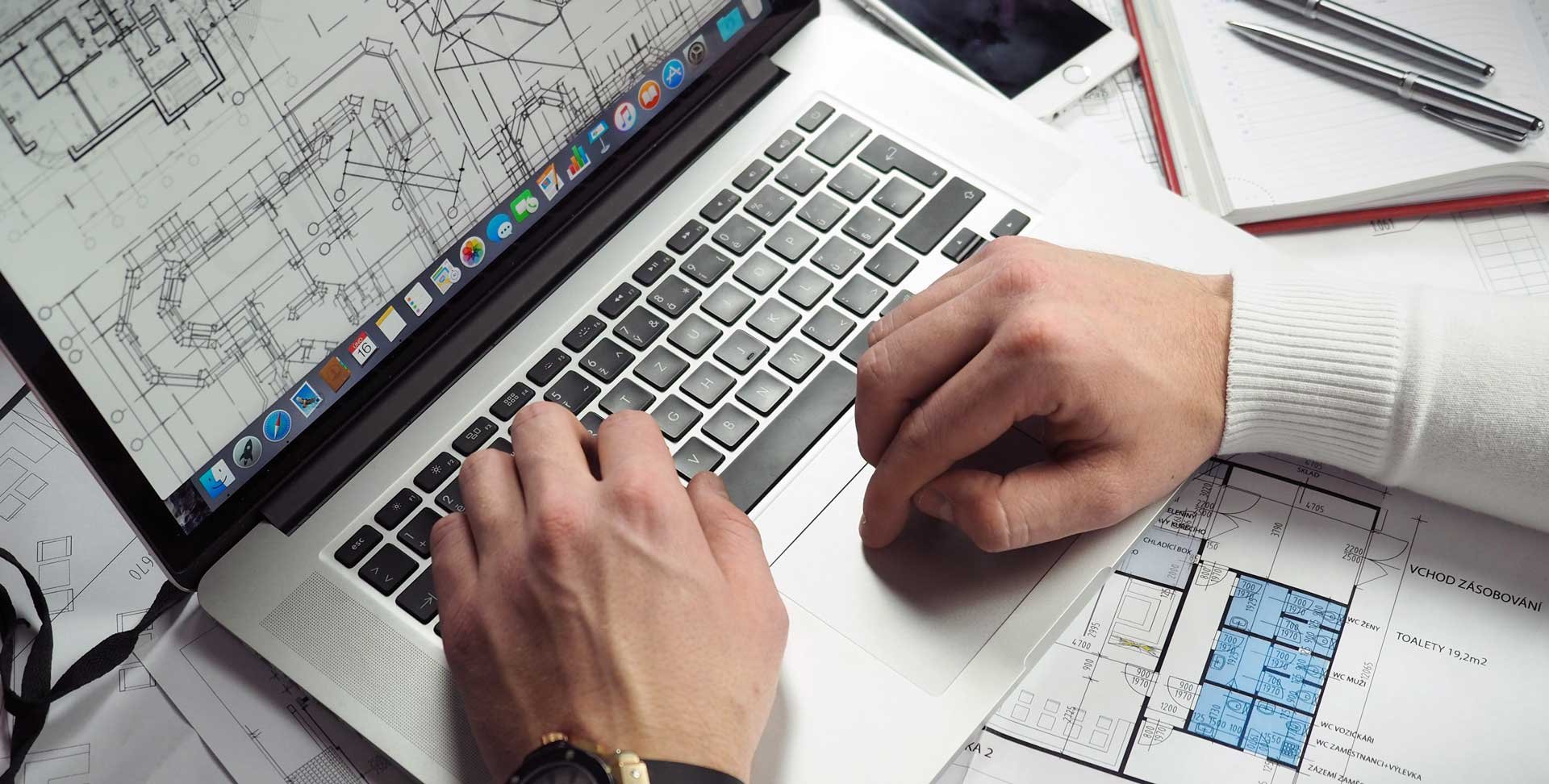Batteries have been with us in one form or another ever since the first true battery was created by Alessandro Volta in 1800. They've become such an essential part of everyday life and technology that we tend to take their existence for granted. But when the various types of batteries that serve your computing devices go bad, you become all too aware of their importance. Here's a quick introduction to batteries and their potential problems from your Austin business IT support team at Gravity Systems.
Different batteries perform different functions in a computing device or environment. For example, the CMOS (complementary metal-oxide semiconductor) battery, which attaches to the motherboard, retains computer settings data. (It's also referred to as the PRAM battery on Macs.) If your computer keeps “forgetting” it hardware settings, you may need a new CMOS battery.
Laptops have two additional batteries: the main battery and the bridge battery. The main battery provides the power that keeps the laptop running, while the bridge battery provides short-term power while you're replacing the main battery. The same “bridge” principle applies to workstations equipped with UPS (Uninterruptible Power Supply) power backup units.

The kind of main battery your laptop uses depends mostly on the age of the unit. Older laptops made use of nickel-cadmium or nickel-metal hydride batteries, but more modern units use lithium-ion batteries instead. If you're in the habit of recharging your laptop before it's been completely drained, and then you notice that it won't take a full charge anymore, you probably have the older type. Please note that using the wrong type of battery in your laptop can cause an explosion, use only the type specified by the manufacturer.
Need help diagnosing a possible battery problem, choosing the right battery for a laptop, or adding UPS backup to your workstations? Contact our experts today!
Related Post: Beware of Business Email Compromise Attacks




